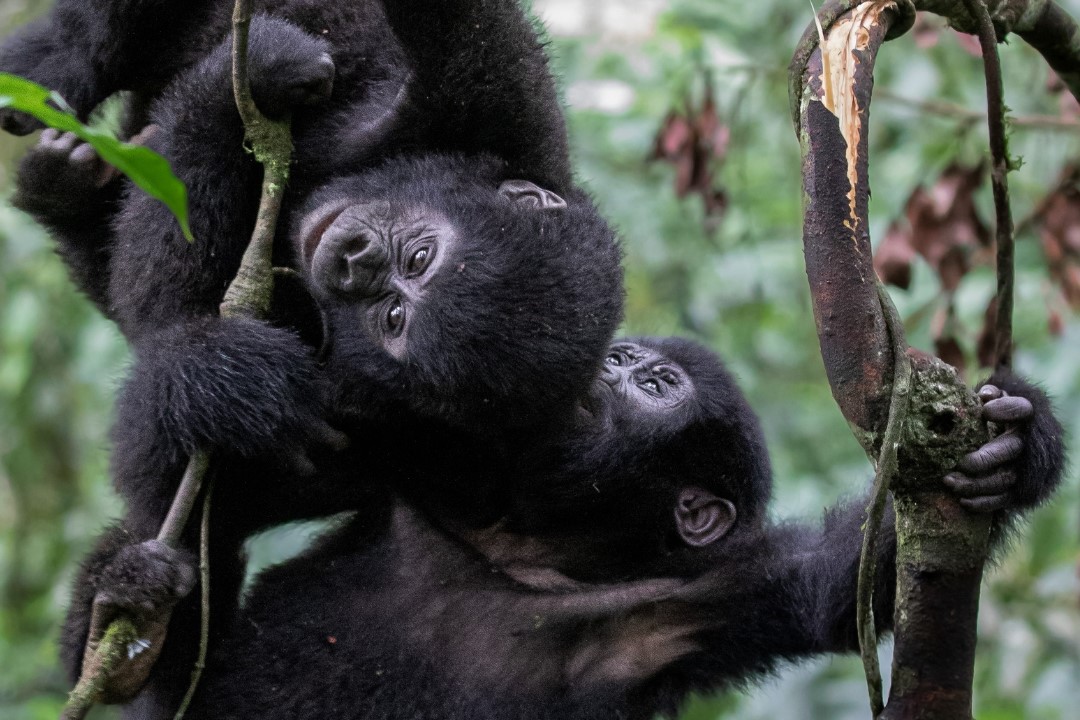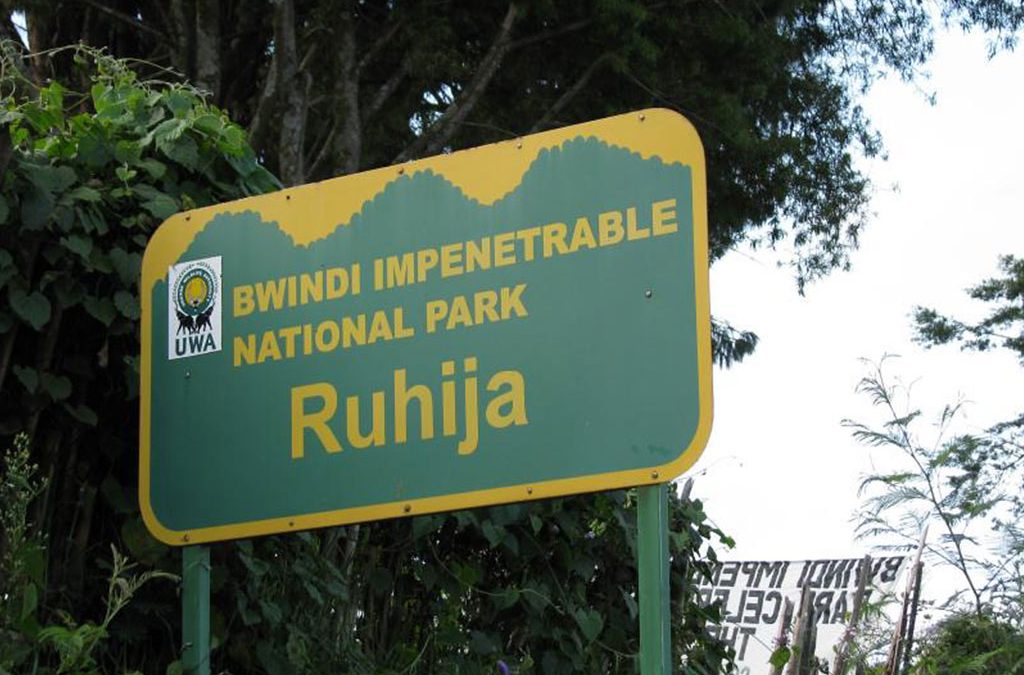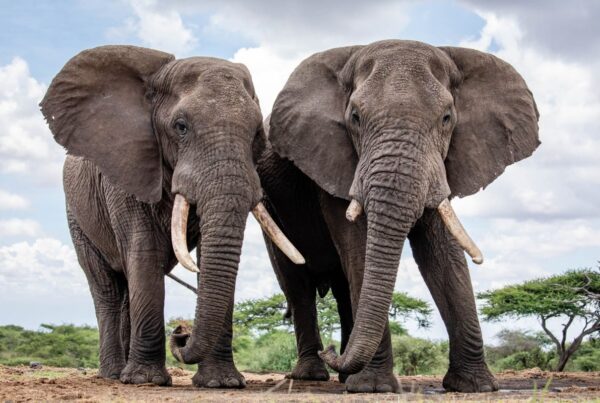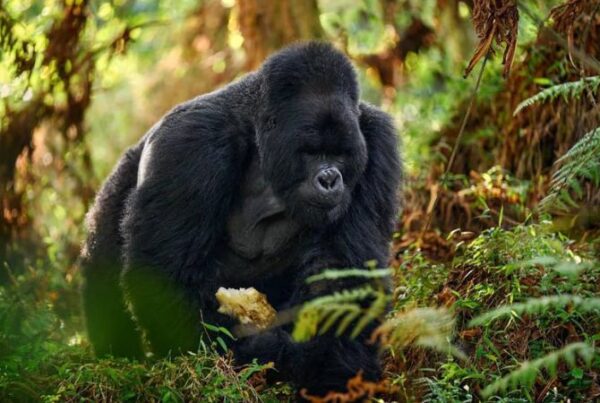Ruhija Sector: The Hidden Gem of Uganda’s Gorilla Heartland
Entering the Realm of Wilderness
In the remote highlands of southwestern Uganda, where mist curls over rolling hills and ancient forests stretch as far as the eye can see, lies Ruhija Sector, a sanctuary where nature reigns supreme and the rhythm of the forest is felt in every breath. Often less frequented than other entry points into Bwindi Impenetrable National Park, Ruhija has earned a reputation as a serene and exclusive destination for travelers who seek an intimate experience with one of Africa’s most iconic species—the endangered mountain gorilla. The sector’s tranquil beauty is coupled with a profound ecological and cultural significance, making it an area where the preservation of biodiversity and human tradition intersect seamlessly.
Ruhija’s landscape is defined by steep, mist-covered mountains, dense montane forests, and winding streams that traverse the valleys below. The air is thick with the scent of wet earth and flowering trees, while the chorus of endemic birds and distant primate calls creates an ambiance that is both mystical and invigorating. This is a place where adventure and reflection converge, offering travelers an opportunity to witness the raw majesty of the forest while engaging with the local communities whose lives are intertwined with the land.
Geographical Context and Location
Ruhija Sector is situated in Kanungu District, forming the eastern corridor of Bwindi Impenetrable National Park, a UNESCO World Heritage Site recognized for its exceptional biodiversity. The sector occupies higher elevations than some other entry points, creating a cooler and often mist-laden environment that is ideal for the forest’s diverse flora and fauna. Its geographic positioning within the Virunga volcanic belt results in rugged terrain, with steep ridges, deep valleys, and a network of streams that sustain both the forest ecosystem and human settlements.
The sector’s relative isolation has preserved much of its natural integrity, as human settlement is limited by the challenging terrain. Small communities are dispersed along the hillsides, their livelihoods closely tied to subsistence agriculture, tea cultivation, and eco-tourism initiatives. The area’s unique topography also creates distinct microclimates, which support a wide variety of plant and animal species. These geographic and climatic factors contribute to Ruhija’s standing as a critical corridor for wildlife movement, particularly for species that rely on large, connected habitats for survival.
Historical and Cultural Significance
The history of Ruhija Sector is deeply rooted in the forest that surrounds it and in the people who have called it home for centuries. The Batwa pygmies, often referred to as the original inhabitants of Bwindi, maintained a symbiotic relationship with the forest, relying on it for sustenance, shelter, and cultural practices. Their intimate knowledge of medicinal plants, wildlife tracking, and forest ecology has been passed down through generations and continues to inform modern conservation strategies within the sector.
Following the establishment of Bwindi Impenetrable National Park, the Batwa were relocated, creating complex challenges related to cultural preservation and land access. Despite these disruptions, their traditions endure, expressed through music, dance, storytelling, and artisanal crafts. Visitors to Ruhija are afforded rare opportunities to experience these cultural practices firsthand, providing an immersive connection to a heritage that has been shaped by centuries of coexistence with the forest.
In addition to the Batwa, the Bakiga and Bafumbira communities inhabit the surrounding hills, practicing terrace farming and cultivating crops such as bananas, tea, and coffee. These communities have adapted their agricultural practices to the steep and challenging terrain, demonstrating a sustainable relationship between human activity and ecological preservation. Festivals, rituals, and communal practices are closely tied to the natural cycles of the land, reinforcing the cultural significance of environmental stewardship.
Biodiversity and Ecological Importance
Ruhija Sector is globally recognized for its extraordinary biodiversity. The sector serves as a vital habitat for the endangered mountain gorilla, with several habituated families residing within its forests. The dense montane forest provides abundant food sources and safe breeding grounds, ensuring the survival of this critically endangered species. Observing gorillas in their natural habitat offers a unique insight into their social structures, communication patterns, and familial bonds, revealing a world that is at once familiar and profoundly wild.
The sector is also home to a wide variety of other wildlife. Chimpanzees, golden monkeys, forest elephants, and several antelope species inhabit the forests, while numerous endemic and migratory bird species populate the canopy. Rare plant species, including orchids and medicinal herbs, thrive in the sector’s microclimates, contributing to its status as a global biodiversity hotspot. Seasonal changes influence flowering, fruiting, and animal behavior, creating a dynamic and ever-changing ecosystem that continues to attract researchers and conservationists from around the world.
Conservation efforts within Ruhija prioritize ecosystem-wide sustainability. Anti-poaching patrols, habitat restoration projects, and community engagement programs are implemented to maintain the integrity of the forest. The sector also plays a crucial role in regional environmental stability, contributing to water catchment, soil preservation, and carbon sequestration, thereby impacting both local and global ecological health.
Gorilla Trekking: A Transformational Experience
Gorilla trekking in Ruhija Sector is a life-altering experience that demands physical endurance, patience, and reverence for nature. Trekkers navigate through steep terrain under the guidance of experienced rangers, often traversing mist-covered valleys and thick undergrowth before encountering a gorilla family. The initial sight of a silverback or an infant gorilla elicits a profound sense of connection, humility, and wonder, highlighting the importance of protecting these magnificent creatures and their habitats.
Trekking is carefully regulated to minimize human impact on the gorillas and their environment. Visitor numbers are limited, and strict behavioral guidelines are enforced, ensuring that interactions remain safe and minimally intrusive. The experience is not merely observational; it is a deep engagement with the living ecosystem, where travelers witness social interactions, foraging behavior, and even playful dynamics among gorilla groups. Such encounters foster a lasting awareness of conservation and an appreciation for the delicate balance required to sustain the species in the wild.
Community Involvement and Sustainable Tourism
Sustainable tourism is at the heart of Ruhija’s conservation model. The sector’s local communities are actively involved in tourism initiatives, ensuring that economic benefits are distributed equitably and that cultural heritage is preserved. Community camps and lodges, such as the Ruhija Gorilla Community Camp, offer employment opportunities, skill development, and direct revenue to local residents, thereby enhancing livelihoods while fostering a strong sense of stewardship over the forest.
Tourism activities extend beyond wildlife observation. Guests are invited to participate in cultural experiences, including traditional music and dance, artisanal craft demonstrations, and visits to local farms. Through these interactions, visitors gain a deeper understanding of the interconnectedness of culture, ecology, and community well-being, while communities are empowered to maintain their traditions and benefit economically.
Educational programs further enhance the sector’s conservation efforts. Youth and schools are involved in environmental awareness campaigns, biodiversity monitoring, and reforestation projects. This active engagement cultivates a generation of informed custodians who are invested in preserving Ruhija’s ecological and cultural legacy for future generations.
Hiking and Nature Exploration
Ruhija Sector offers extensive opportunities for hiking and immersive nature walks. Trails traverse mist-shrouded hills, alongside rivers and waterfalls, and through dense forests, providing panoramic views of the surrounding landscape. These excursions allow travelers to observe the subtleties of the forest ecosystem, from rare plant species to intricate animal behaviors.
Guided walks are enriched with interpretive information about the flora, fauna, and cultural history of the region. The physical demands of trekking steep trails are offset by the immersive experience of moving silently through one of the world’s most pristine ecosystems. Each hike reinforces the interconnectedness of species and habitats, providing both education and inspiration. Visitors gain an appreciation for the complexity of ecological relationships and the importance of sustainable interaction with the environment.
Climate and Best Times to Visit
Ruhija Sector experiences a tropical montane climate, characterized by cool temperatures due to its high elevation. Rainfall occurs primarily in two main seasons, from March to May and September to November, transforming the forest into a lush, vibrant landscape. While these periods are visually stunning, trekking conditions can be challenging due to muddy trails and swollen rivers.
The dry seasons, from June to August and December to February, are ideal for trekking, offering more stable trails and enhanced visibility within the forest. Temperature variations can be significant between day and night, particularly at higher elevations, requiring travelers to prepare for sudden shifts in weather. Despite these variations, every season offers unique opportunities to observe wildlife behavior, flowering patterns, and ecological processes, ensuring that Ruhija remains a compelling destination year-round.
Accommodation and Visitor Experience
Accommodation in Ruhija Sector is designed to harmonize with the natural environment while providing comfort and cultural immersion. Eco-lodges and community camps utilize sustainable construction materials, solar energy, and waste management practices, minimizing environmental impact while enhancing visitor experience. The Ruhija Gorilla Community Camp exemplifies this approach, offering comfortable lodging, access to trekking trails, and opportunities for cultural engagement.
Hospitality in Ruhija emphasizes personalized service and authentic experiences. Visitors are welcomed with traditional greetings, locally sourced refreshments, and chances to interact with artisans and farmers. Dining experiences feature fresh, organic produce sourced from the surrounding hills, reinforcing the connection between ecological sustainability and local livelihoods. Accommodation in Ruhija is therefore not merely functional but transformative, providing guests with a holistic understanding of the interplay between culture, environment, and conservation.
Challenges and Conservation Efforts
Despite its protected status, Ruhija Sector faces ongoing ecological and social challenges. Human-wildlife conflict, deforestation, poaching, and the pressures of population growth pose risks to both biodiversity and community well-being. Climate change adds further uncertainty, potentially altering rainfall patterns, forest composition, and gorilla habitats.
Conservation strategies in Ruhija are multifaceted, combining scientific research, community engagement, and policy enforcement. Anti-poaching patrols, habitat restoration, and biodiversity monitoring are complemented by educational initiatives that involve local schools and youth groups. The active participation of communities ensures that conservation is inclusive, adaptive, and sustainable, safeguarding both the forest and its human inhabitants for generations to come.
Ruhija as a Premier Ecotourism Destination
Ruhija Sector represents a unique convergence of natural beauty, biodiversity, and cultural heritage. Its mist-laden hills, endangered gorillas, and resilient communities create a destination that is both awe-inspiring and transformative. Visitors are immersed in landscapes that have remained largely unchanged for centuries, while also engaging with local populations who exemplify sustainable living and environmental stewardship.
Every experience in Ruhija, from gorilla trekking to cultural interactions and hiking adventures, fosters a deeper understanding of the delicate balance between human activity and ecological preservation. For travelers seeking an authentic and meaningful encounter with one of Uganda’s most remarkable regions, booking tours and safaris through WildHorn Africa ensures expert guidance, responsible tourism practices, and direct support for conservation and community development. Through WildHorn Africa, every journey into Ruhija Sector becomes not only a personal adventure but also a contribution to the long-term preservation of Uganda’s extraordinary natural and cultural heritage.





 WildHorn Africa – Authentic and unforgettable tours across Africa, guided by local experts who know the land, wildlife, and culture best.
WildHorn Africa – Authentic and unforgettable tours across Africa, guided by local experts who know the land, wildlife, and culture best.


